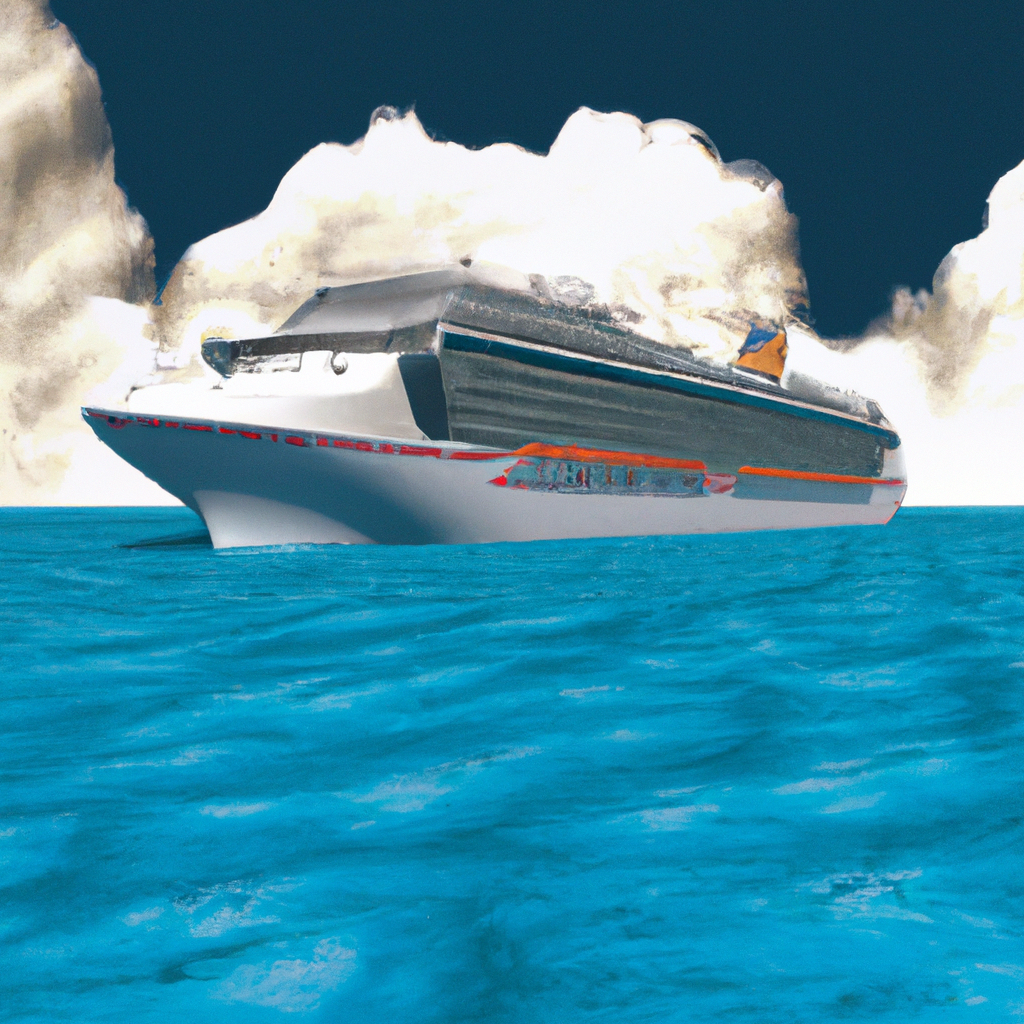Setting Sail for Adventure: A Complete Guide to Nautical Travel and Tourism

The world of nautical tourism is an exciting and dazzling field that offers a unique way to explore and experience our planet. From majestic cruises to intimate sailing voyages, the vastness and beauty of the ocean have attracted travelers for centuries. However, nautical tourism is not just a means of travel, but also a way of life, offering an incredible variety of experiences and opportunities. In this article, we will dive into the various aspects of nautical tourism, explore the different types of trips available, and provide tips to ensure a safe and memorable experience. In addition, we will address the impact of nautical tourism on the environment and discuss responsibilities and solutions for sustainable tourism. Let’s embark together on this exciting journey through the world of nautical tourism.
- 1. "Discovering the world of nautical tourism: an introduction"
- 2. "Types of nautical trips and how to choose the right one for you"
- 3. "Tips and recommendations for a safe and memorable nautical trip"
- 4. "Impact of nautical tourism on the environment: responsibilities and solutions"
1. "Discovering the world of nautical tourism: an introduction"
Nautical tourism is a unique and exciting way to travel that offers a different perspective on the world. It is not just about sailing on a luxury yacht or taking a cruise around the Caribbean, but this type of tourism includes a wide range of activities such as diving, surfing, fishing, boat racing, kayaking, among others. Nautical tourism also provides an opportunity to explore some of the most impressive natural wonders of the world, from coral reefs to impressive coastal cliffs. In fact, the beauty of this type of tourism lies in its versatility; it can be as relaxing or as exciting as one wishes, depending on the activities chosen. Thus, nautical tourism becomes a customizable adventure that adapts to the needs and desires of each traveler.
2. "Types of nautical trips and how to choose the right one for you"
There are various types of nautical trips you can choose from depending on your interests and experiences. Cruises, for example, are a popular choice for those looking for comfort and a wide range of activities and services. Sailing trips, on the other hand, are ideal for lovers of adventure and outdoor life. You can also opt for a diving trip if you are an enthusiast of the underwater world, or a kayak tour if you prefer a calmer activity and closer contact with nature. When it comes to choosing the right nautical trip for you, it is important to consider your personal preferences, your skill level, and your risk tolerance. Remember that the goal is to enjoy the experience, so you should feel comfortable and excited about the idea of the trip you choose.
3. "Tips and recommendations for a safe and memorable nautical trip"
To ensure that your nautical travel experience is safe and memorable, there are several tips and recommendations to keep in mind. Firstly, you should always check the weather before embarking, as weather conditions can significantly affect your trip and safety on the water. Make sure you have all the necessary safety equipment on board, including life jackets, flares and communication radios. Furthermore, it is essential to familiarize yourself with navigation rules and navigation signs to avoid accidents. Finally, remember to bring enough water and food, as well as sun protection and first aid. To make your trip truly memorable, plan routes that allow you to explore new areas, and don't forget to bring your camera to capture the stunning seascapes.
4. "Impact of nautical tourism on the environment: responsibilities and solutions"
Nautical tourism, despite its undeniable attractions, has a significant impact on the environment. Boat traffic can disrupt marine life, cause coastal erosion and contribute to water pollution through ship waste. In addition, the construction of infrastructure to accommodate tourists, such as marinas and hotels, can damage coastal ecosystems. It is therefore essential that both nautical tourism businesses and tourists themselves take responsibility for minimising these impacts. This may include adopting greener boating practices, educating tourists on how to reduce their impact and implementing stricter regulations by governments. Creative and sustainable solutions, such as using solar-powered boats or limiting the number of tourists in sensitive areas, can also play a key role in protecting our valuable marine and coastal resources.
